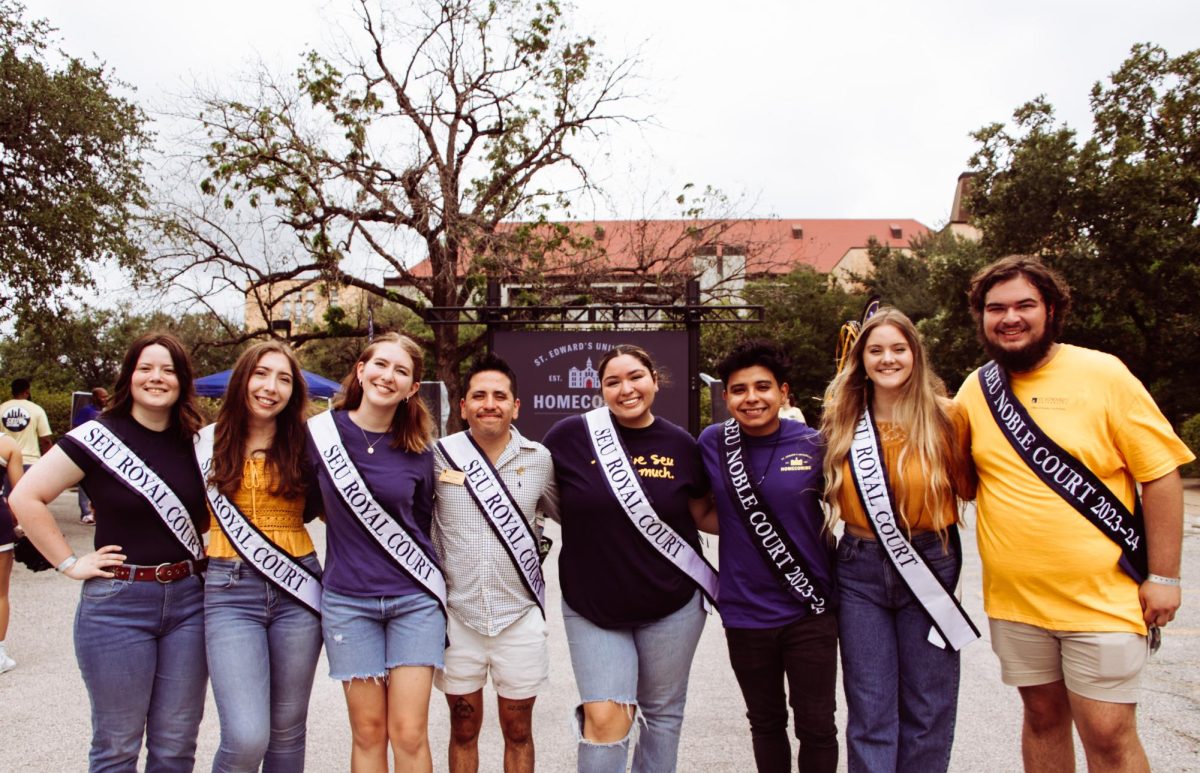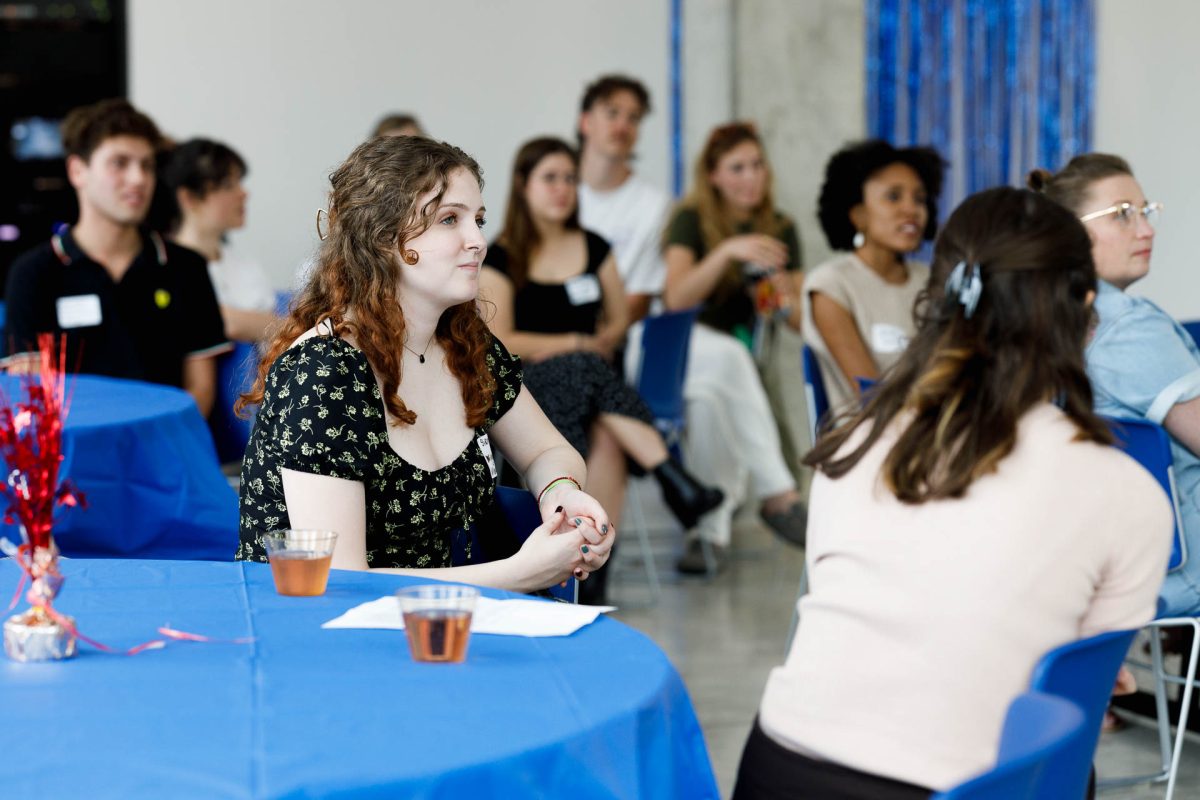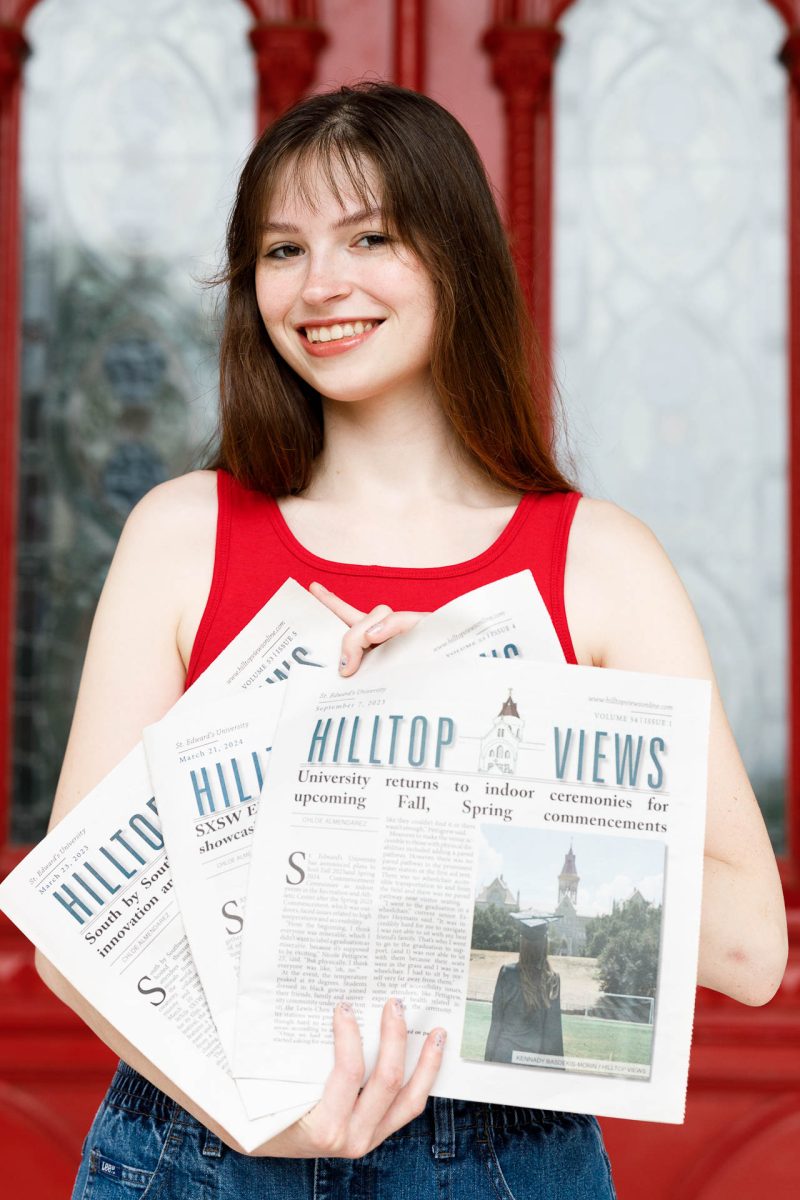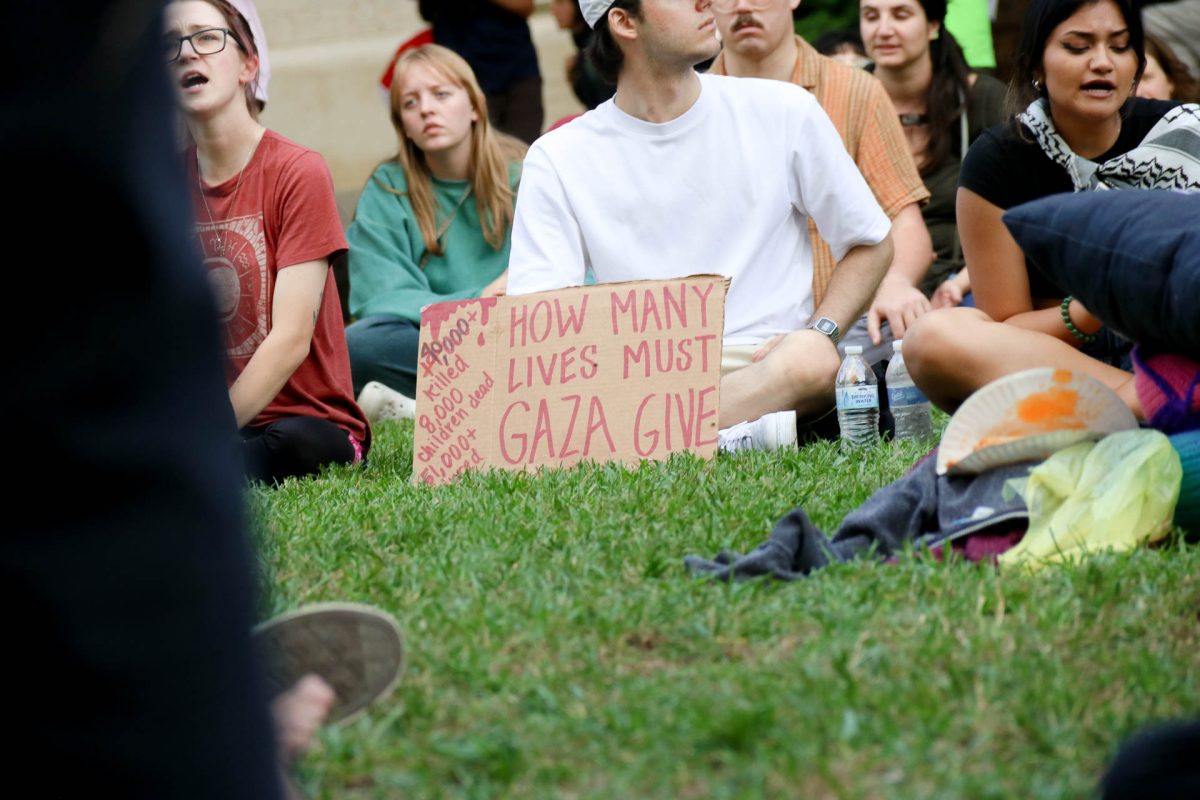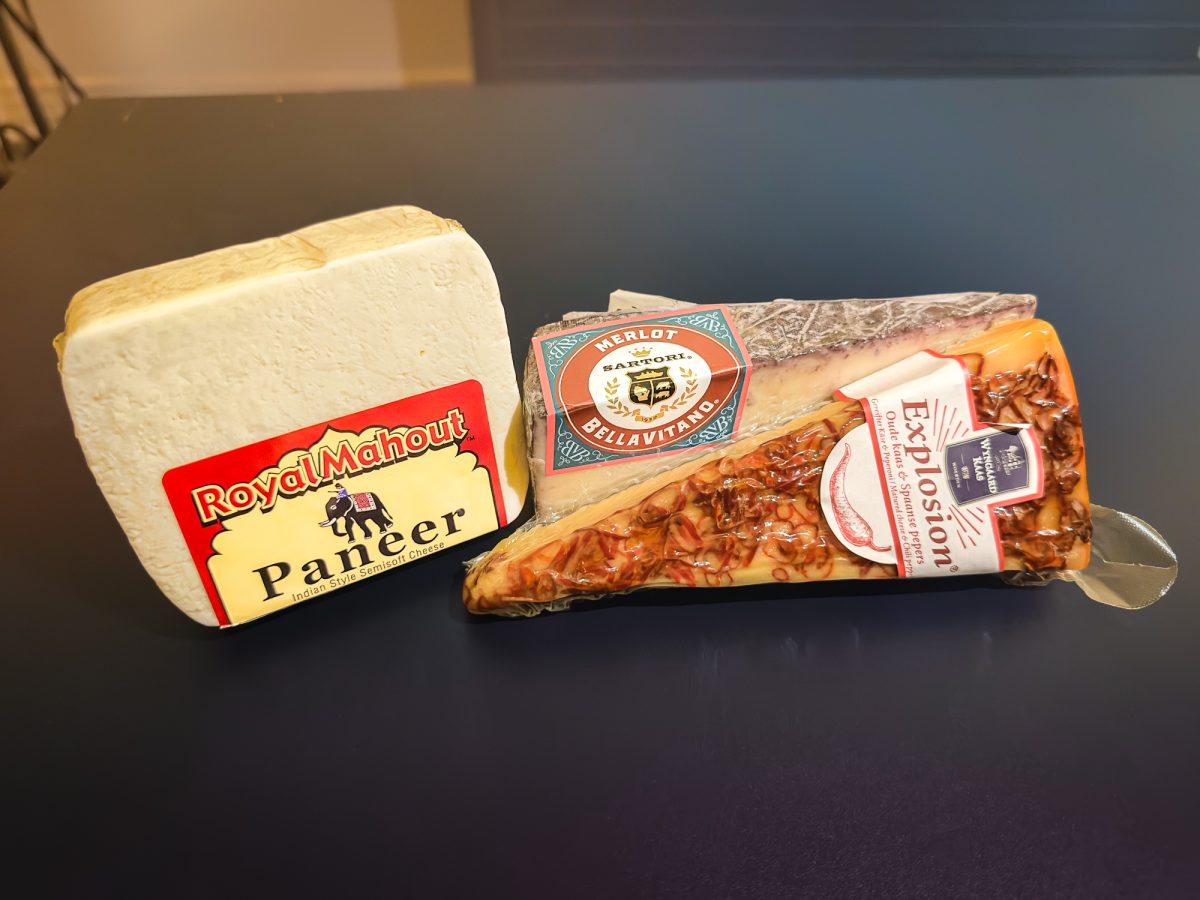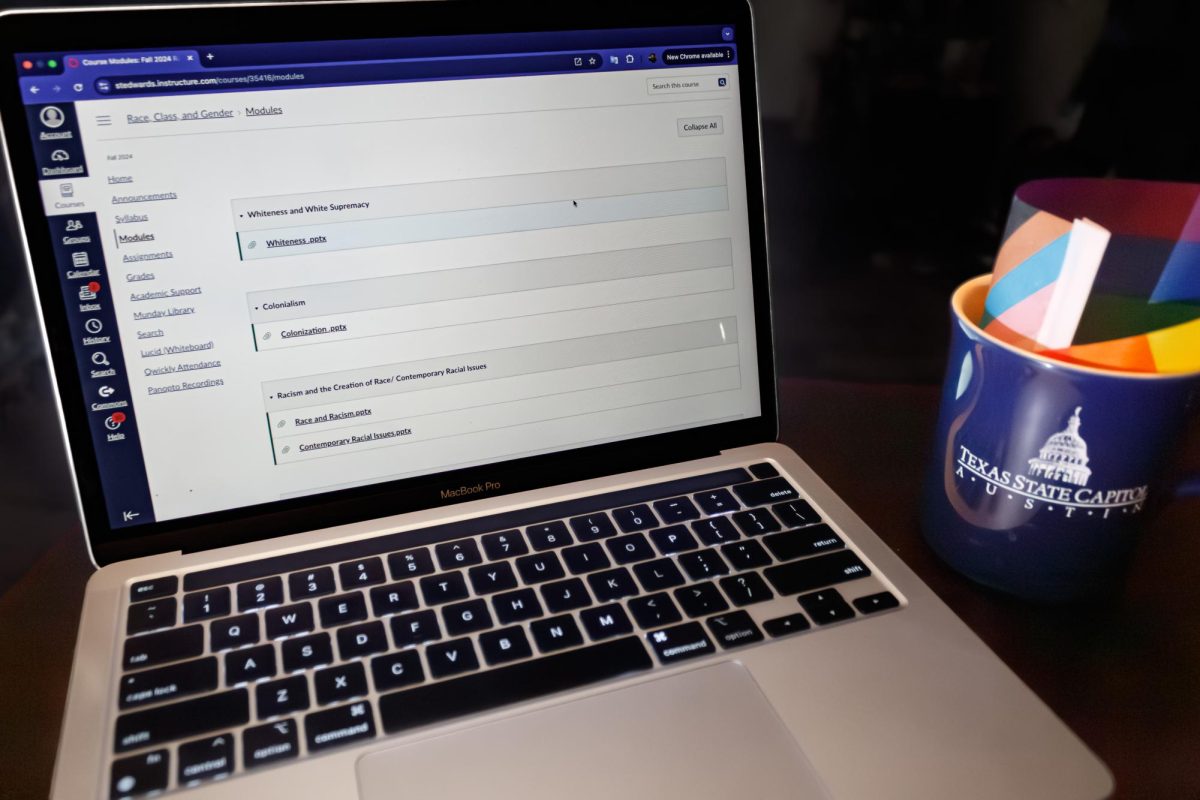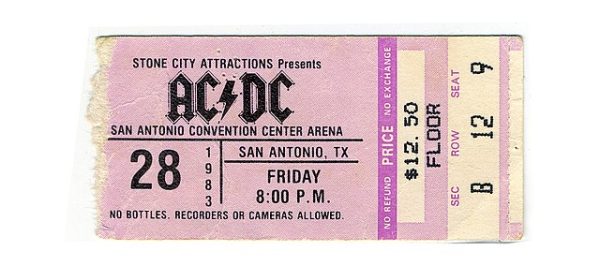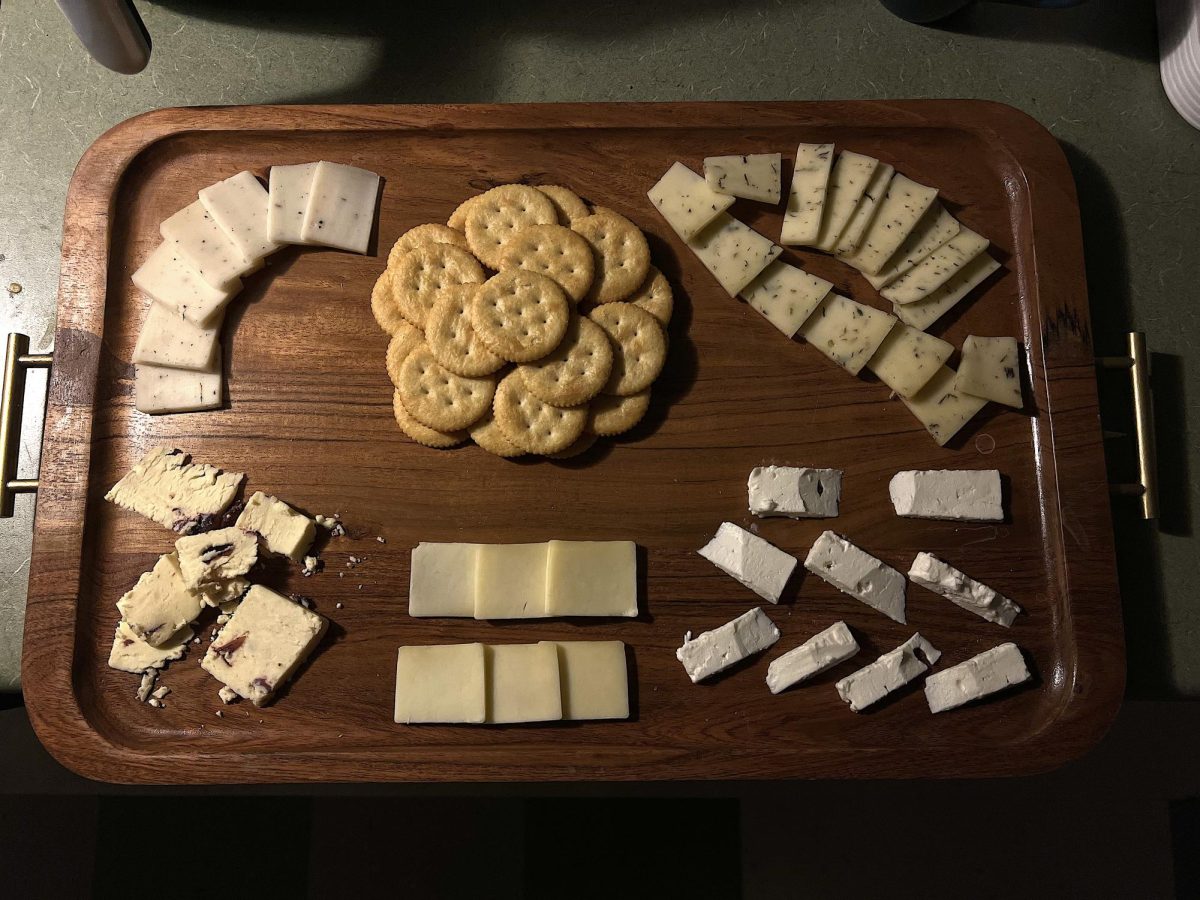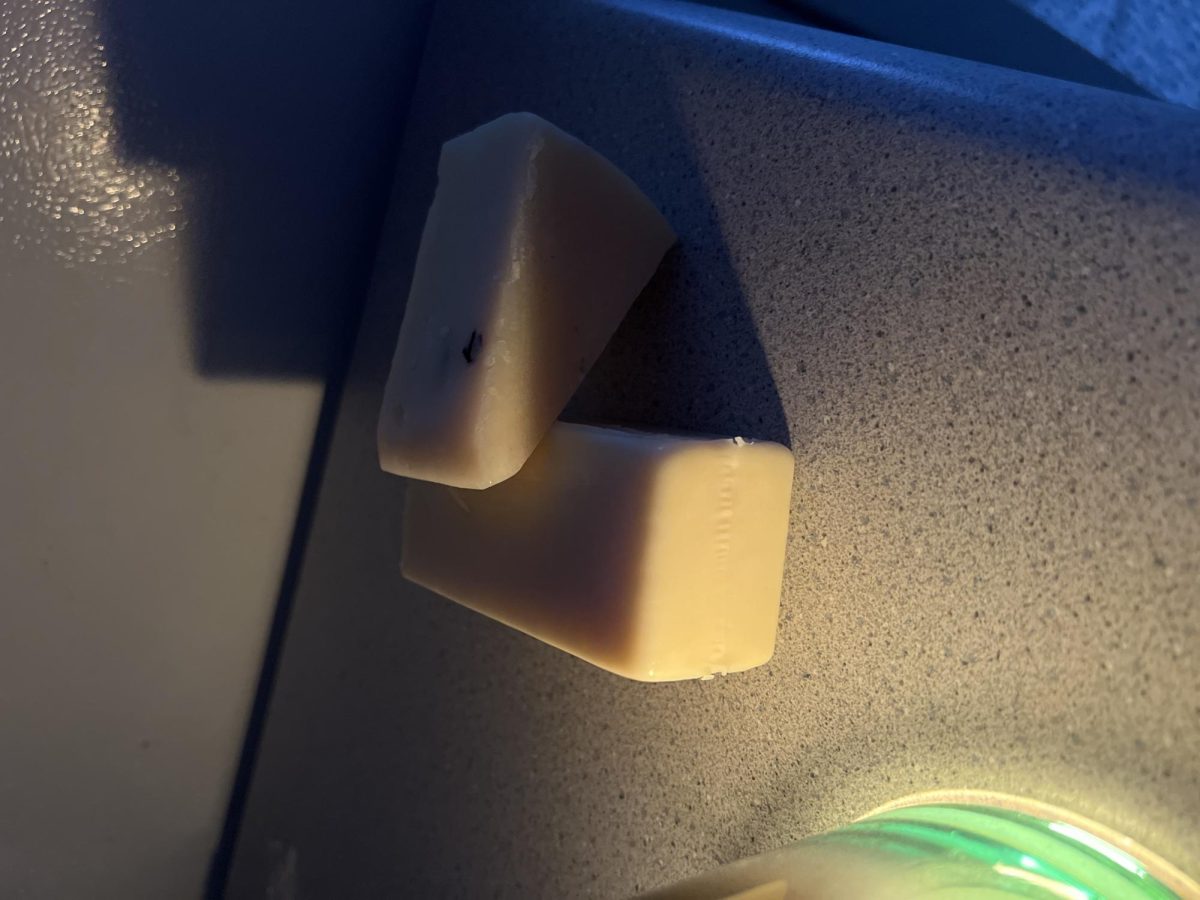St. Edward’s homecoming week is jam packed with things to do. Students can get involved with a number of events, from a shot to win the coveted Topper Cup to visiting the thrilling haunted house in East Hall. However, to me, the most quintessential homecoming aspect of this entire week is the crowning of the homecoming court.
In many high school movies, homecoming royalty is a main focal point of the plot. It creates buzz, excitement and competition. It is the one moment for someone to be recognized as a star. People get invested in their chance to win and it is a big deal when they do. At St. Edward’s, it feels different. It feels underwhelming.
About a month before homecoming, student involvement opens up nomination forms on Collegiate Link, where any person on campus can nominate up to three students in both the noble and royal court for a spot on the ballot. The nomination form is available for two weeks before the ballot to vote on royals is officially opened.
Nominations for each student are compiled, and their names are anonymized by converting them to numbers. Then, they are sent to non-student partners across campus who choose their top contenders. These partners include people from admissions, housing, administration and operations.
Each year, the court is mainly composed of people involved with student involvement. In fact, this year’s court includes four members of the Student Government Association, and nine out of 10 of these students were orientation leaders over the summer. It always seems so unfair.
This nomination system does not actually highlight really awesome students from every academic and social niche of St. Edwards, but rather it seems to re-highlight students who are already the face of the school.
When nominating, people are encouraged to leave a detailed reasoning as to why they are nominating this person. When the nominations are passed onto campus partners, nominees are assessed on the quality of their nominator’s submission. I think this requirement is way too serious. Students should be able to nominate their friends for simple reasons; thinking they are cool, funny, talented, or simply because they would look awesome in a sash. Students should not end up on the ballot because they have amazing letters of recommendation. This just takes the fun out of it. Students should be on the ballot because their peers think they deserve recognition.
Additionally, Homecoming court nominations and voting are poorly advertised. Student involvement uses social media and posters around campus to promote nominations and voting, but not enough. Much of the student body doesn’t even know that we have a homecoming court — but those who work closely with campus partners do. This gives them better chances of receiving well-written nominations submitted for them, thus giving them better chances of ending up on the ballot.
This creates a divisive campus culture that almost exclusively heralds students who are ultra-involved with big involvement opportunities like becoming a resident assistant, orientation leader or a member of the Student Government Association. You know, positions where students constantly represent St. Edward’s University in a leadership role.
To combat this, I propose some solutions. First, nominations and voting should be more accessible. CollegiateLink sucks, and we all know it. The use of a simpler interface, like google forms may be a much better option. Second, nominations should only call for someone’s name, not a reasoning. Lastly, campus partners should not be involved in the decision making process at all. Homecoming court should be in the hands of students to decide, not anyone else.
My opinion here has nothing to do with those who are on the court this semester. I have great respect for my fellow hilltoppers who work hard in their leadership roles. But I can’t help but wish that we had that movie-moment opportunity for more students.
I truly believe that if changes to nominating and voting are made, we can bring some fun into having a homecoming court, and hopefully bring some glory to students from all corners of campus.


